Judge Shoots Down Effort To Identify FBI, Undercover Police On Jan. 6
Authored by Joseph M. Hanneman via The Epoch Times (emphasis ours),
A federal judge in Washington D.C. has denied seven motions from a defendant seeking to identify FBI agents in Jan. 6 crowds and gain access to undercover videos shot by Metropolitan Police Department (MPD) officers, at least one of whom incited the crowds at the U.S. Capitol.
 Former FBI special agent John Guandolo (center) with two possible active FBI special agents at the U.S. Capitol on Jan. 6, 2021. (Illustration by The Epoch Times, U.S. Capitol Police/Graphic by The Epoch Times)
Former FBI special agent John Guandolo (center) with two possible active FBI special agents at the U.S. Capitol on Jan. 6, 2021. (Illustration by The Epoch Times, U.S. Capitol Police/Graphic by The Epoch Times)
In a 22-page order, U.S. District Judge Rudolph Contreras ruled against William Pope on a range of motions filed in his Jan. 6 criminal case since May 2023.
Judge Contreras partially granted a government cross-motion to modify the evidence protective order in the case. “I now have the most restricted discovery access conditions of any Jan 6 defendant,” Mr. Pope wrote on X.
“All I’m asking for is a fair fight in court, but he’s denying me rights to defend myself Pro Se that aren’t denied to attorneys,” Mr. Pope told The Epoch Times in a statement. “Even though some January 6 attorneys have filed highly sensitive materials as public exhibits, or leaked them on social media, I have not released a single sensitive or highly sensitive file governed by the protective order.”
Mr. Pope, 38, publisher of the news website Free State Kansas, was at the Capitol on Jan. 6, covering the protest and subsequent violence.
Federal prosecutors charged him with civil disorder, corruptly obstructing an official proceeding, entering and remaining in a restricted building or grounds, disorderly and disruptive conduct in a restricted building or grounds, impeding ingress or egress in a restricted building or grounds, disorderly conduct in a Capitol building, impeding passage through the Capitol grounds or buildings, and parading, demonstrating, or picketing in a Capitol building.
He faces a July 22 trial.
Sought FBI AgentsMr. Pope most recently asked the court to compel federal prosecutors to identify all FBI special agents or other employees who were “material witnesses” at the Capitol on Jan. 6 and produce “all photographs, videos, and records related to their presence.”
In that motion, Mr. Pope cited two suspected FBI agents who attended Jan. 6 events at the Capitol with former special agent John Guandolo, who once served as the Bureau’s liaison with U.S. Capitol Police.
Mr. Guandolo “has said in interviews that he was with several active-duty FBI agents on January 6, and that he and those agents have been interviewed by the FBI regarding their observations,” Mr. Pope wrote in his Feb. 12 motion.
One of the men was seen on security video clapping enthusiastically as a large crowd of protesters rushed up the east steps to the Columbus Doors. “Oh, oh, oh man, this is huge,” the man said, heard on Mr. Guandolo’s cell phone video that showed the crowd ascending the steps.
The other suspected agent was seen on Capitol Police security video meeting with an FBI SWAT team shortly after its BearCat tactical vehicle rolled onto the House Plaza at about 2:30 p.m. Twenty minutes later the SWAT team responded to the South Door after the shooting of Air Force veteran Ashli Babbitt by Capitol Police Lt. Michael Byrd.
Federal prosecutors argued they have no obligation to investigate the identity or roles of FBI agents on Jan. 6. The judge concurred.
“The Court agrees with the government and finds that defendant has failed to show that the government has an obligation to produce the requested material,” Judge Contreras wrote.
In another motion denied by Judge Contreras, Mr. Pope sought to compel the U.S. Department of Justice to inventory and provide access to all Capitol Police security video it has had in its possession.
Mr. Pope said footage is missing from some of the 1,800 USCP security cameras, and prosecutors have only produced 6,000 hours of security video in discovery. A U.S. House committee that oversees Capitol Police has released 20,000 hours of an expected 40,000 hours it will post publicly.
 William Pope of Topeka, Kansas, carries an American flag just inside the Senate Wing Door at the U.S. Capitol on Jan. 6, 2021. (U.S. Capitol Police/Screenshot via The Epoch Times)
William Pope of Topeka, Kansas, carries an American flag just inside the Senate Wing Door at the U.S. Capitol on Jan. 6, 2021. (U.S. Capitol Police/Screenshot via The Epoch Times)
Mr. Pope wrote that the importance of the security video—thousands of hours of which are now available on Rumble—is underscored by an investigation suggesting two Capitol police officers perjured themselves in the first Oath Keepers trial in the fall of 2022.
Video obtained by Blaze Media showed that a supposed confrontation between Officer Harry Dunn and the Oath Keepers could not have occurred as he described under oath. Capitol Police Special Agent David Lazarus, who testified that he witnessed the confrontation, was in another part of Capitol grounds at the time.
‘Not Beneficial’“While Pope asserts that the missing camera footage is ‘highly relevant to January 6 cases, including [his] own,’ … he does not explain what he expects the footage to show or why that footage would assist in his defense,” Judge Contreras wrote. “Much of the camera footage that Pope requests depicts areas where Pope never set foot. That footage is therefore not beneficial to Pope’s case.”
The judge also denied Mr. Pope’s Aug. 21, 2023, motion seeking video shot by more than two dozen members of the MPD Electronic Surveillance Unit on Jan. 6. He first requested access to the Electronic Surveillance Unit videos in March 2023.
 Former FBI special agent John Guandolo with suspected FBI agents Colleague 1 and Colleague 2, along with an unidentified man labeled in court filings as Colleague 3, on the Southwest Walk of the U.S. Capitol on Jan. 6, 2021. (U.S. Capitol Police/Graphic by The Epoch Times)
Former FBI special agent John Guandolo with suspected FBI agents Colleague 1 and Colleague 2, along with an unidentified man labeled in court filings as Colleague 3, on the Southwest Walk of the U.S. Capitol on Jan. 6, 2021. (U.S. Capitol Police/Graphic by The Epoch Times)
The August 2023 motion cites MPD internal affairs investigations of MPD officers Nicholas Tomasula and Lt. Zeb Barcus. Hundreds of pages of documents on Mr. Tomasula were heavily redacted, Mr. Pope said, and “the two reports have led to more questions about misconduct by undercover police.”
Mr. Tomasula was identified as the MPD officer heard on video encouraging protesters on the Northwest Steps to keep going and enter the Capitol. He was heard participating in crowd chants such as, “Whose House? Our House!”
At the foot of the Northwest Steps, as a protester climbed up a makeshift ladder onto the balustrade, Mr. Tomasula shouted: “C’mon, man, let’s go! Leave that [expletive],” his video showed. Mr. Tomasula got help from a protester climbing onto the balustrade, then shouted to protesters moving up the steps, “C’mon, go, go, go!”
Federal prosecutors admitted in 2023 that Mr. Tomasula acted as a provocateur embedded in the crowd on Jan. 6.
Judge Contreras concluded Electronic Surveillance Unit video is only relevant to the extent Mr. Pope can identify an undercover officer whose path he crossed.
“While evidence of undercover officers instigating the riot on January 6 could—hypothetically—be helpful and material to Pope’s case, Pope’s motion ‘never identifies a single individual he interacted with whom he now suspects to be an undercover actor,’” Judge Contreras wrote.
“Pope does not say that he himself spoke with or was induced by any undercover officer,” the judge wrote. “Therefore, he cannot make an entrapment defense with the evidence he seeks from the government, and the material he seeks is irrelevant and immaterial.”
Mr. Pope complained that prosecutors restricted his access to some of the investigative materials, which he described as “highly explosive” and “exculpatory.”
In previous filings, Mr. Pope described several self-identified Antifa supporters who were intercepted by undercover MPD officers on Jan. 6, including one who was carrying a gun.
 Metropolitan Police Department undercover detectives Ricardo Leiva and Michael Callahan were part of a three-man Electronic Surveillance Unit team at the U.S. Capitol on Jan. 6, 2021. (U.S. District Court/Screenshot via The Epoch Times)
Metropolitan Police Department undercover detectives Ricardo Leiva and Michael Callahan were part of a three-man Electronic Surveillance Unit team at the U.S. Capitol on Jan. 6, 2021. (U.S. District Court/Screenshot via The Epoch Times)
MPD officers made a traffic stop at 10:15 a.m. on Jan. 6 of a vehicle containing three Antifa operatives: Jonathan Kelly, Logan Grimes, and Dempsey Mikula.
“Undercover officers who stopped their vehicle said they had received reports that the individuals were carrying weapons,” Mr. Pope wrote. “No footage of this incident has been produced by the government in discovery. However, Kelly live-streamed part of the police stop to Facebook.”
Metropolitan Police arrested Mr. Grimes—who identifies as a woman and uses the name Leslie—for carrying a pistol without a license and being in possession of a high-capacity magazine and unregistered ammunition, according to Mr. Pope. The charges were dropped on Jan. 7, 2021.
In a previous filing, Mr. Pope identified undercover MPD officer Ryan Roe, who encountered a still-unidentified protester seen cutting down green plastic temporary fencing on Capitol grounds. Mr. Roe said to #FenceCutterBulwark, “Appreciate it, brother,” according to his video.
Tyler Durden Thu, 04/25/2024 - 19:45





 File image, Maritime Executive
File image, Maritime Executive


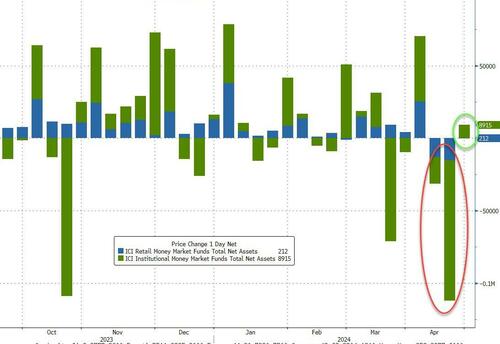


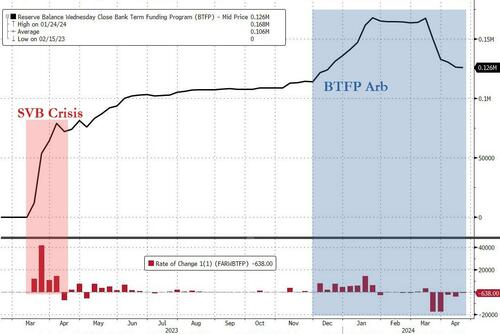


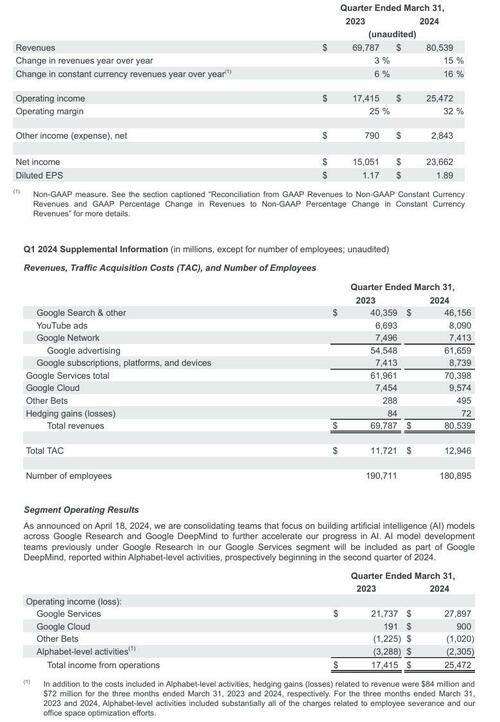



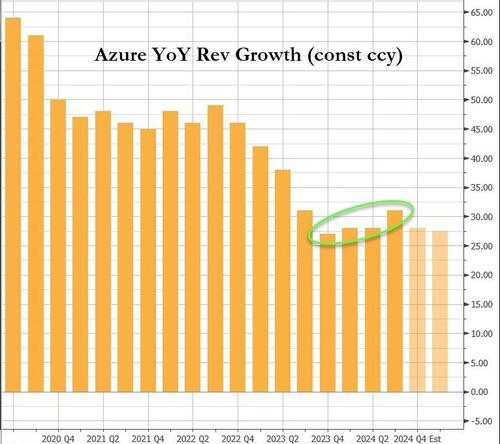
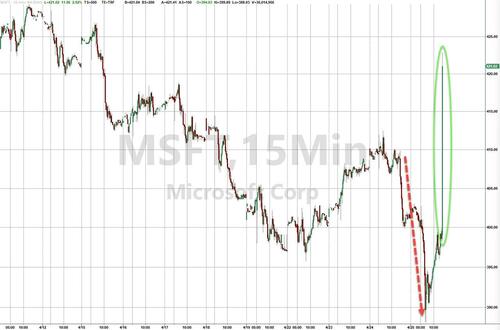



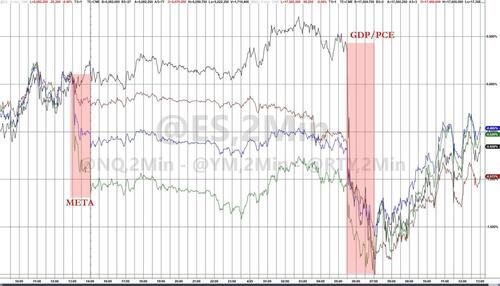











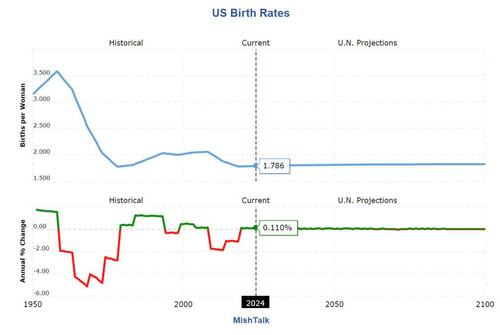
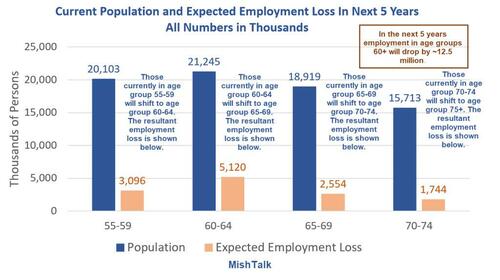
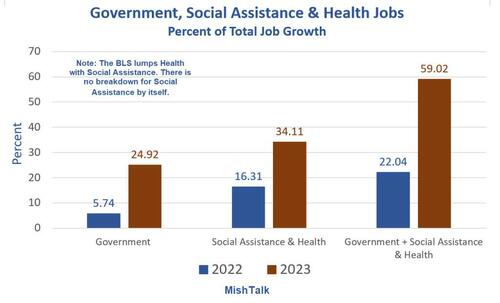

 Illustrative image of what the Gaza pier is expected to look like, via ABC News footage
Illustrative image of what the Gaza pier is expected to look like, via ABC News footage A man walks past a banner depicting missiles along a street in Tehran on 19 April 2024 (AFP)
A man walks past a banner depicting missiles along a street in Tehran on 19 April 2024 (AFP)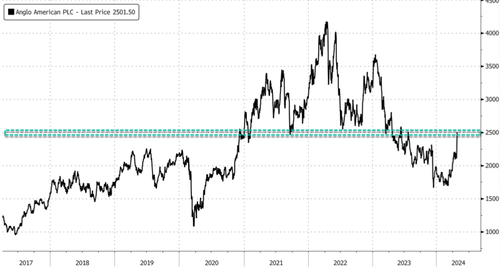





 Source: Bloomberg
Source: Bloomberg
Recent comments